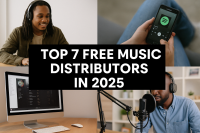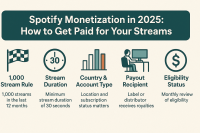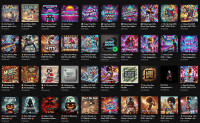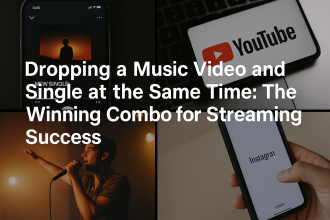Why Subscription Prices Are Set to Rise Every 12 to 24 Months
For years, music streaming has been built on accessibility — millions of listeners paying modest monthly fees for endless music. But the golden age of cheap streaming is coming to an end. A recent financial analysis predicts that platforms like Spotify, Apple Music, Deezer, and YouTube Music will begin raising subscription prices more frequently — every 12 to 24 months.
The reasons are clear: inflation, higher royalty payments to labels, and an increasingly competitive market where exclusive content and new technologies have become key differentiators.
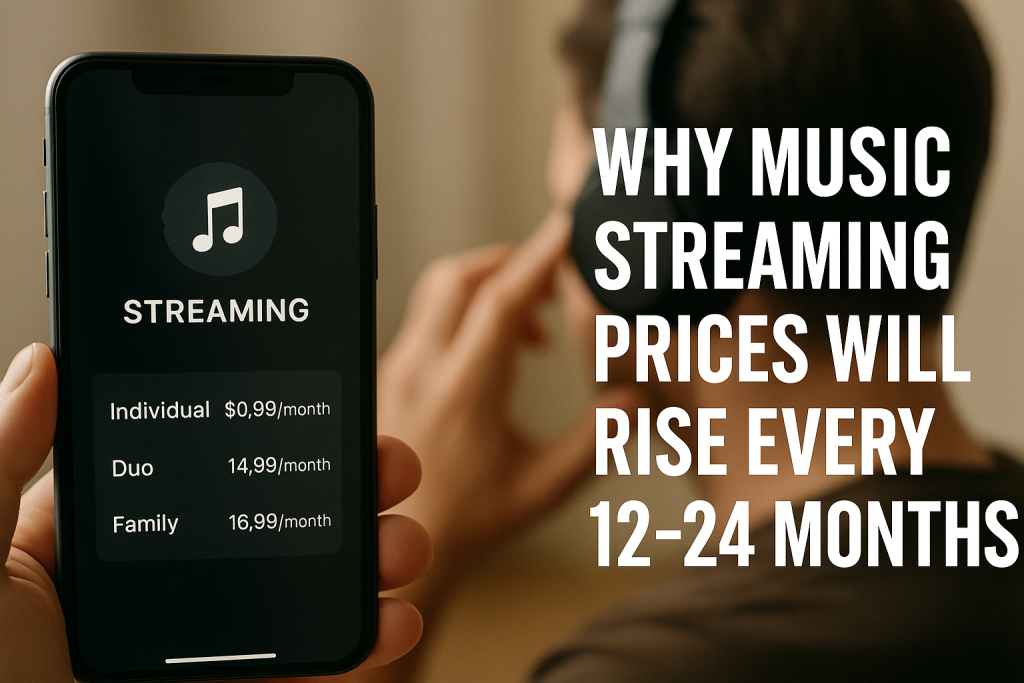
Why Streaming Services Are Raising Prices
Music platforms once prioritized growth at all costs, offering low prices and long free trials to build massive user bases. But as global adoption reaches its limit, the focus has shifted from expansion to profitability.
Spotify has already increased its Premium plan in several countries, while Apple Music and Amazon Music followed with similar adjustments. Even YouTube Music quietly modified its pricing this year.
These small but consistent changes mark the start of a long-term trend: streaming subscriptions will no longer remain static, and users will need to adapt to regular pricing updates.
The Goldman Sachs Perspective
According to industry projections, the music streaming economy is entering a new phase of profitability. Recurring price increases are expected to become standard practice, justified by:
- Rising operational costs such as servers, AI systems, and data storage
- Growing artist payouts demanded by labels
- Increased competition for exclusive content, podcasts, and high-fidelity audio
Analysts estimate that global streaming revenues could grow by around 19% per year from 2024 to 2029, driven by this combination of higher pricing and diversified content offers.
What This Means for Artists and Listeners
For listeners, the news may sound discouraging — another subscription set to cost more. But for artists, this could represent a long-awaited shift toward fairer remuneration.
More revenue means more opportunities to support creators directly and improve the quality of service. Platforms like Deezer are already experimenting with user-centric payment models, where artists are paid based on the actual listening behavior of subscribers rather than total global streams.
If this model gains traction, the price increases might feel more justified — funding real human creativity instead of algorithmic content.
The Road Ahead: Price Stability or Subscription Fatigue?
Streaming platforms are walking a tightrope between maintaining profitability and avoiding subscription fatigue. The key lies in added value: exclusive content, premium sound quality, and personalized listening experiences.
New tiers are already emerging — such as “HiFi” or “Lossless” subscriptions, podcast bundles, and artist-focused plans — giving users more control over what they pay for. The future of streaming won’t just be about higher prices, but smarter offers.
Conclusion
The music streaming landscape is evolving from affordability to sustainability. Price increases are inevitable, but they can also signal a more mature and balanced industry — one that rewards quality, innovation, and the artists who keep the music alive.
![]()









